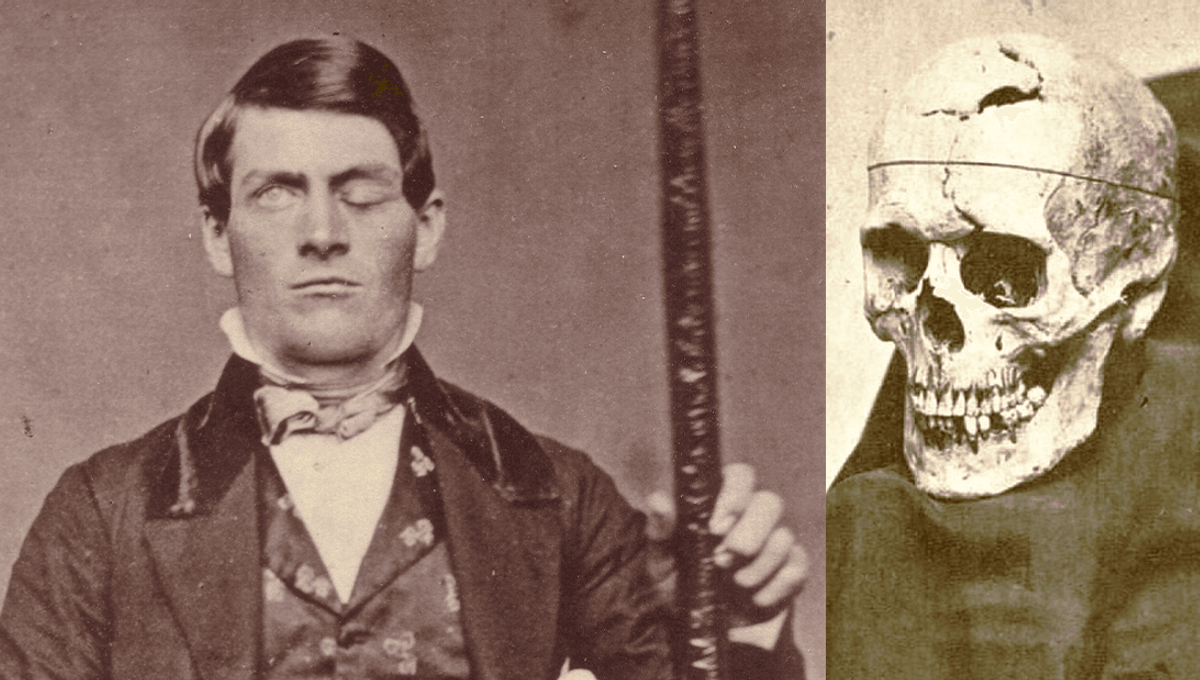Understanding Phineas P. Gage: A Case Study in Neurology and Personality Change
Introduction
The story of Phineas P. Gage is one of the most remarkable and frequently cited cases in the history of neurology and psychology. Gage’s accident and subsequent changes in personality provide invaluable insights into the relationship between brain function and behavior. For Christians and non-believers alike, Gage’s case underscores the importance of understanding medical explanations for changes in behavior, differentiating between physical conditions and spiritual or demonic influences. This report explores the details of Gage’s accident, the resultant neurological and psychological changes, and the broader implications for our understanding of the brain.
The Accident
Phineas P. Gage was a 25-year-old railroad construction foreman known for his reliability and pleasant demeanor. On September 13, 1848, Gage was involved in a catastrophic accident while working with explosives to clear rock for a new railway line in Cavendish, Vermont.
While tamping down explosive powder in a rock with an iron rod, a spark ignited the powder. The resulting explosion propelled the 3-foot-7-inch long, 1.25-inch diameter rod through Gage’s left cheek, behind his left eye, and out through the top of his skull. The rod landed several feet away, covered in blood and brain tissue.
Immediate Aftermath and Medical Response
Remarkably, Gage survived the accident and was conscious within minutes. He was able to walk and speak coherently, even recounting the accident to those around him. Dr. John Martyn Harlow, the local physician who treated Gage, noted that despite the severe injury, Gage never lost consciousness and could communicate immediately following the incident.
Dr. Harlow cleaned the wound, replaced fragments of bone, and applied a dressing. Despite a subsequent infection, Gage’s physical recovery was considered miraculous. However, it was soon evident that his personality had undergone profound changes.
Neurological and Psychological Changes
Neurological Symptoms
- Physical Recovery: Gage’s motor functions gradually returned, and he regained the ability to walk and perform basic tasks.
- Vision Impairment: He lost vision in his left eye due to the damage sustained, but his right eye remained functional.
- Cognitive Functions: While his basic cognitive abilities remained intact, there were significant changes in his executive functions—those higher-order processes necessary for planning, decision-making, and social behavior.
Psychological Symptoms
- Personality Change: Gage’s most notable changes were psychological. Before the accident, he was described as hardworking, responsible, and sociable. After the accident, he became irreverent, impulsive, and prone to inappropriate behavior. His friends and family noted a complete transformation in his personality.
- Impulsivity and Irresponsibility: Gage became unreliable and showed little regard for social norms or the consequences of his actions. He was unable to hold down his job and exhibited erratic behavior.
- Emotional Instability: He displayed unpredictable mood swings, from episodes of profound anger to inappropriate jocularity. His temper became volatile, and he often used profane language.
Case Examples: Post-Accident Behavior
- Case 1: Professional Life
Before the accident, Gage was a respected foreman capable of leading a team effectively. Post-accident, he was unable to maintain employment in any capacity similar to his former role. His lack of adherence to schedules and erratic decision-making rendered him unfit for such responsibilities. - Case 2: Social and Family Interactions
Gage’s relationships with friends and family deteriorated. Previously known for his social and dependable nature, he became alienated due to his unpredictable and often offensive behavior. His inability to form or maintain stable relationships significantly departed from his pre-accident personality.
Medical and Scientific Implications
Gage’s case was pivotal in understanding the brain’s role in personality and behavior. It provided early evidence of the localization of brain function, particularly the role of the frontal lobes in regulating social behavior, impulse control, and personality.
Neurological Insights
- Frontal Lobe Function: Gage’s injury specifically damaged the left frontal lobe, an area now known to be crucial for executive functions and personality regulation. His case demonstrated that damage to this region can result in profound changes in personality and social behavior.
- Brain Plasticity: Despite the severe injury, Gage’s survival and partial recovery highlighted the brain’s capacity for plasticity, or its ability to adapt and reorganize following trauma. This adaptability is particularly evident in Gage’s recovery of motor functions and basic cognitive abilities.
Broader Implications for Understanding Behavior
Gage’s story provides a critical perspective on the interplay between brain injury and behavior. It highlights the importance of recognizing medical explanations for behavioral changes, which can be mistaken for spiritual or demonic issues, particularly in religious contexts.
Distinguishing Medical and Spiritual Explanations
- Behavioral Changes Due to Injury: Gage’s case clearly illustrates that profound changes in behavior and personality can result from physical injury to the brain. This understanding can help differentiate between medical conditions and potential spiritual concerns.
- Importance of Medical Evaluation: It is crucial for Christians and non-believers alike to recognize the need for thorough medical evaluation in cases of sudden or unexplained behavioral changes. This approach ensures appropriate treatment and avoids misattributing symptoms to spiritual or demonic influences.
Final thoughts:
Phineas P. Gage’s accident and its aftermath provide a profound example of the relationship between brain function and behavior. His case underscores the significance of understanding medical explanations for personality changes, helping to differentiate between physical and spiritual concerns. For religious and secular audiences, Gage’s story emphasizes the importance of medical evaluation and intervention in sudden behavioral changes.
References
- Harlow, J. M. “Recovery from the Passage of an Iron Bar Through the Head.” Publications of the Massachusetts Medical Society, vol. 2, 1868, pp. 327-346.
- Macmillan, Malcolm. An Odd Kind of Fame: Stories of Phineas Gage. MIT Press, 2000.
- Damasio, Antonio R. Descartes’ Error: Emotion, Reason, and the Human Brain. Grosset/Putnam, 1994.
- Ratiu, P., et al. “The Tale of Phineas Gage, Digitally Remastered.” Journal of Neurotrauma, vol. 21, no. 5, 2004, pp. 637-643.
- Van Horn, J. D., et al. “Mapping Connectivity Damage in the Case of Phineas Gage.” PLoS ONE, vol. 7, no. 5, 2012, e37454.




